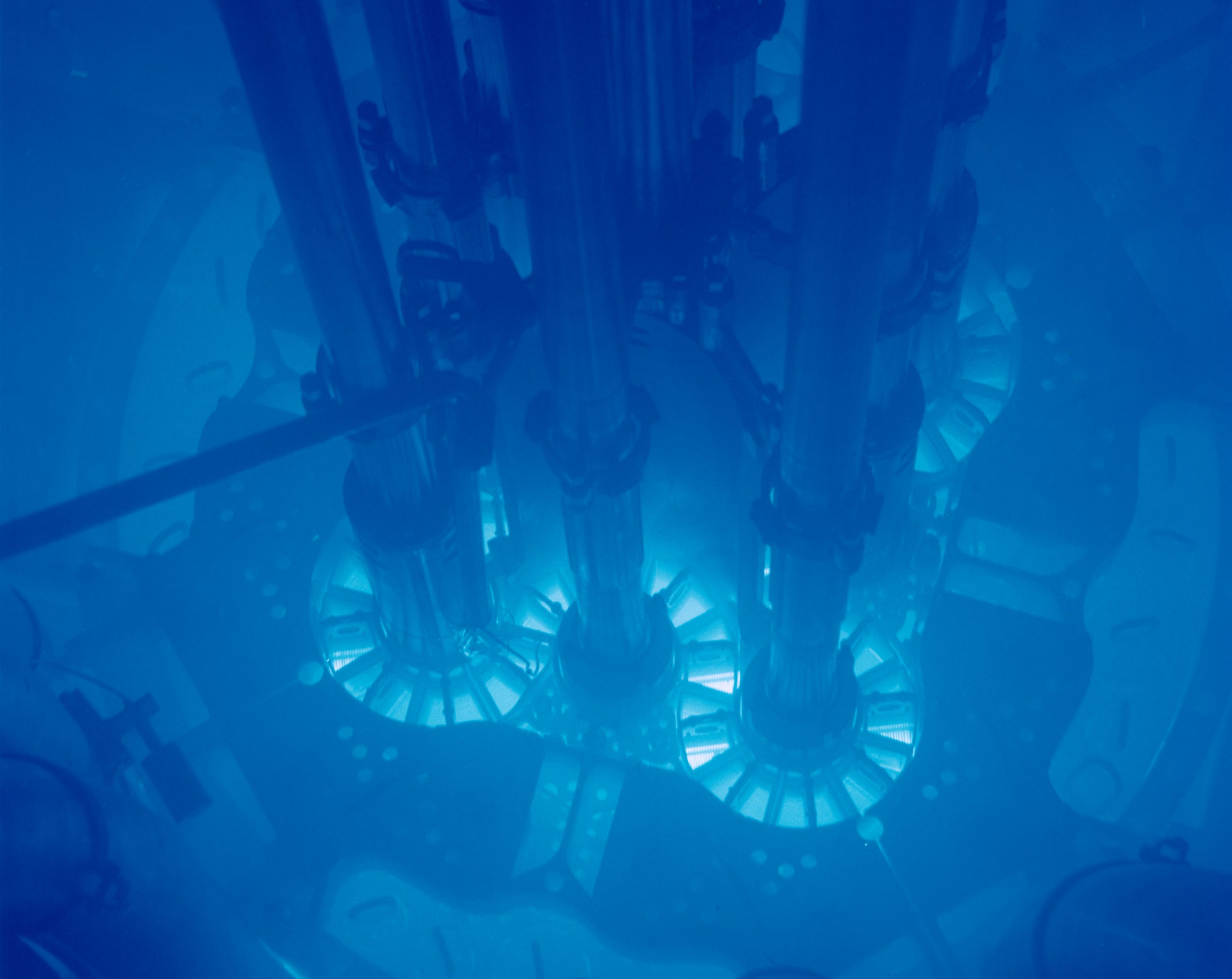
Prof. Christophe Demazière
Prof. Demazière is co-leading the DREAM task force at Chalmers (Deterministic REactor Modelling). DREAM is a cross-disciplinary group having expertise in neutron transport, fluid dynamics, heat transfer, and numerical methods. The aim of the group is to develop beyond state-of-the-art techniques for modelling nuclear reactors, thus contributing to improved simulations tools and enhanced safety. Prof. Demazière is lecturing in courses on the physics and modelling of nuclear reactors. These courses deal with the multi-physic and multi-scale aspects of such systems. He is a member of the American Nuclear Society.
Complete list of publications (with most articles available as links within the PDF).
Complete list of presentations (with most presentations available as links within the PDF file).
Read more about the DREAM task force.
Author of the book “Modelling of Nuclear Reactor Multi-physics - From Local Balance Equations to Macroscopic Models in Neutronics and Thermal-Hydraulics”.

